Barndominiums offer many advantages for those who want an entirely new home. Compared to constructing a traditional house, you are likely to spend less and have your home ready sooner.
The hard part is financing your project. Unless you have money set aside, you may need to obtain a loan to cover the cost of construction. Here is what you should know about obtaining a barndominium construction loan.
Editor’s Note: Looking to find a barndominium loan?
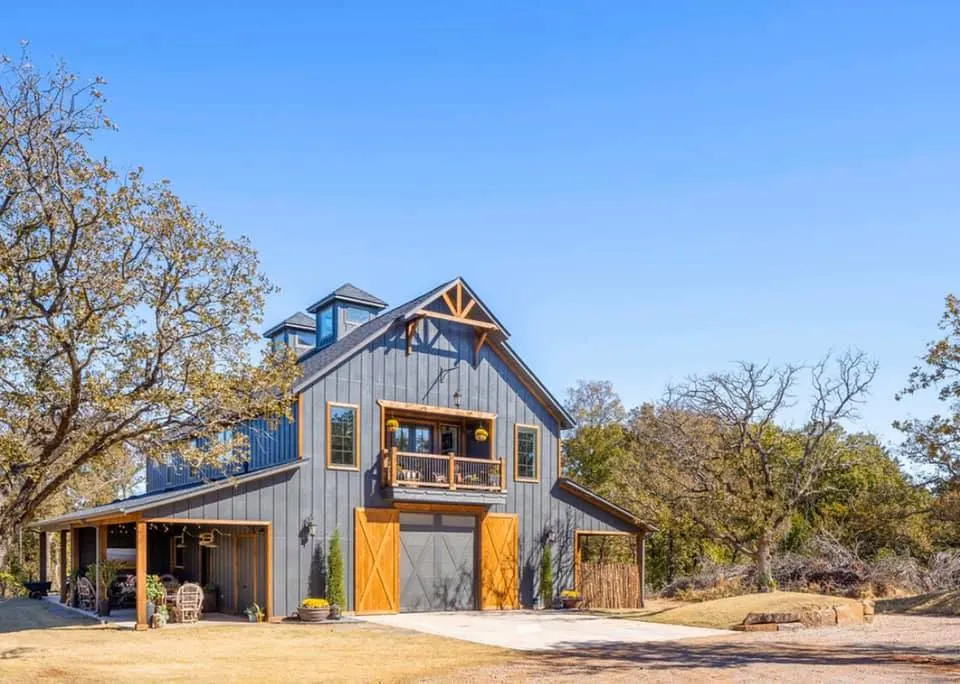
What Is a Construction Loan?
Construction loans work a little differently compared to traditional home mortgages. Instead of receiving a lump sum of money to cover the purchase of a home, you typically receive periodical payouts to cover each stage of construction.
If you receive a construction loan, the lender may send checks directly to the contractor that you hire to complete the project. The lender releases funds at set intervals or upon the completion of specific milestones, such as the completion of the frame of the barndominium.

A barndominium construction loan is often a short-term loan with an average term length of one year. They also tend to have higher interest rates compared to mortgages as there is more risk involved.

While the interest rates are often higher compared to rates for mortgages, you may only pay interest during construction. For example, you receive approval for a $200,000 construction loan and immediately use $20,000 to cover the initial costs of the project. You only pay interest on the $20,000 that the lender paid out to the contractor.
After the barndominium is complete, you typically pay off the balance or refinance the loan into a long-term mortgage. The balance is the total amount of funds released by the lender during construction plus any unpaid interest.
How Do You Get a Construction Loan for Barndominium Projects?
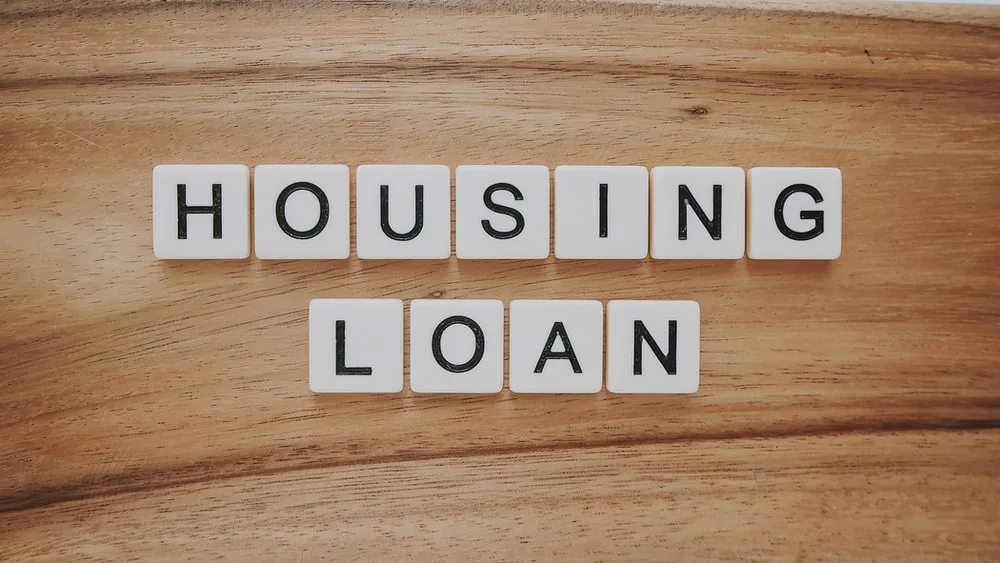
Getting a loan for the construction of a barndominium is not much different from getting a loan for any type of construction project, including a traditional home. You need to apply for a loan and provide the lender with a variety of information related to your construction project.
First, you need to select the right lender. The most common lenders for “barndo” construction loans include local banks and farm credit unions. However, national banks and credit unions may also finance a barndominium construction project.
When comparing lenders, pay attention to the interest rates. You may also want to find out if they frequently finance new barndominium construction. The approval of your application depends on a variety of factors. To increase your chances of obtaining financing, you may need to present the following information to the lender:

- Construction plans
- Supplies list
- Bids from contractors
- Timeline for construction
- An appraisal of your plan
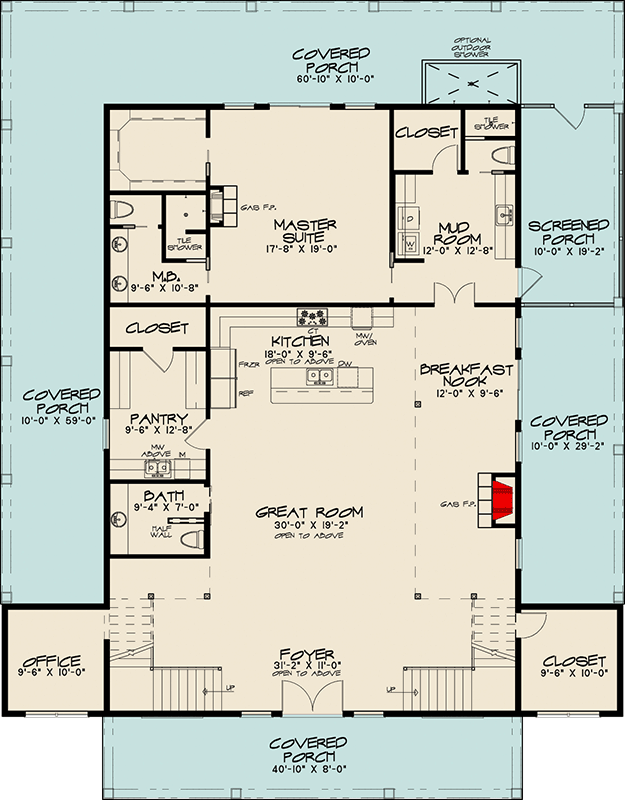
Your credit score and down payment also influence your chances of approval. Most lenders require a minimum of 20% down on the loan. If you need $200,000 for the construction of your barndominium, you may need to put $40,000 down.
Collateral may also help you secure a loan. However, if you plan on selling your current home, you may not be able to use it as collateral.
Provide Lenders with Detailed Construction Plans
Coming up with collateral or a down payment is just the first step in obtaining a barndominium construction loan. You also need to supply the lender with detailed plans. There are several options for obtaining blueprints for your new barndominium:
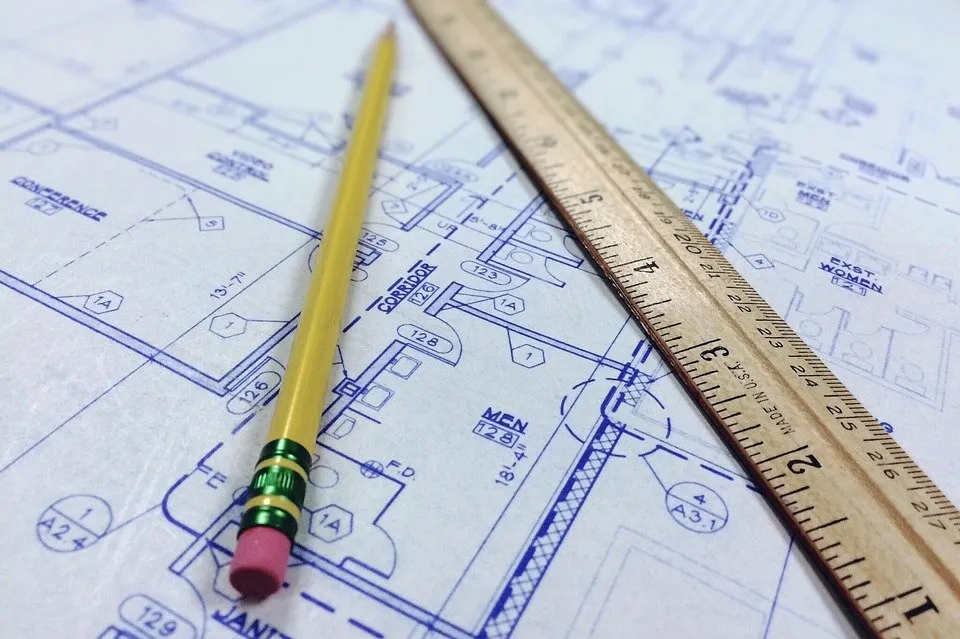
- Purchase barndominium blueprints
- Use professional home design software
- Hire an architect to design your barndo
- Hire a construction company that specializes in barndominiums
Many barndominium projects start with blueprints purchased from websites. Buying a blueprint is often more affordable compared to hiring an architect. However, working with an architect allows you to receive a custom design.

Another option is to hire a construction company that specializes in barndominiums. This is the most streamlined approach as the company acts as the contractor and handles the construction project.
Working with a reputable company may also improve your chances of getting approved for a loan. Keep in mind that finding or buying blueprints is still an acceptable option. If you decide to obtain blueprints without the help of an architect or a contractor, you should ensure that it includes a detailed supply list.
Receive an Appraisal for Your Construction Plans
Lenders often require verification of the potential costs of a construction project before approving a construction loan. The cost estimate typically comes from a professional appraiser.
The appraiser is a third party that evaluates the cost of the plans and the estimated value of the property when construction is completed. The appraiser may be hired by the lender or the borrower, depending on the lender’s policies.

Most lenders recommend receiving a plan appraisal before receiving bids from contractors. The appraisal often costs $200 to $300. After receiving the plan appraisal, you can begin comparing bids from contractors unless you plan on acting as your own general contractor.
Hiring a Contractor vs Acting as a General Contractor
Hiring a Contractor vs Acting as a General Contractor
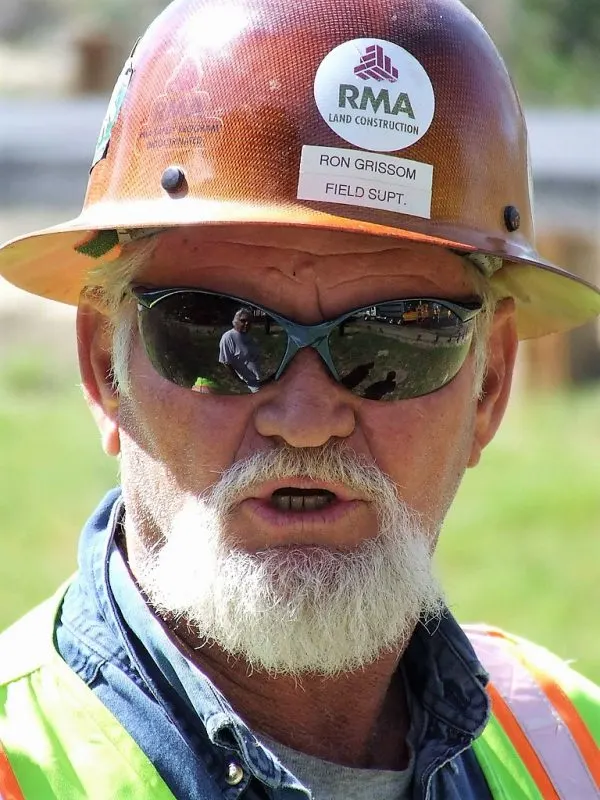
Due to the do-it-yourself (DIY) nature of barndominiums, many homeowners are tempted to handle the construction on their own. However, there are drawbacks to acting as your own general contractor.
Many lenders require borrowers who act as general contractors to obtain an owner-builder construction loan. These loans come with stricter approval processes. Unless you have stellar credit history and a large down payment, you may not qualify for an owner-builder construction loan.
When you hire a contractor, the lender takes on less risk. A professional is more likely to ensure that your project is completed on time and within the estimated budget. Contractors bid on the project, giving you an estimate of the total cost of construction.
They also have experience setting realistic timelines and understand the stages of the typical construction project. This gives lenders greater peace of mind. A contractor can also help supply the lender with necessary documents, including detailed blueprints and supply lists.
Converting Your Construction Loan Into a Long-Term Loan
Construction loans are often short-term loans, requiring you to start thinking about how you plan on paying off the remaining balance at the end of construction. The most common option is to refinance the loan into a mortgage.

Lenders often prefer to approve 15-year mortgages for barndominiums instead of the 30-year mortgages often used for traditional homes. You may also receive a lower interest rate by obtaining a construction-to-permanent loan. This works the same as a standard construction loan but with pre-approval to convert the construction loan into a permanent mortgage from the same lender when the project is done.
Last Thoughts on Obtaining a Construction Loan for a Barndominium

Unless you already have the necessary funds, you may need a construction loan to build your new barndominium. Before applying for a loan, remember to carefully outline every detail of the project.
Lenders evaluate each loan application based on the potential risk of the borrower defaulting on the loan. To show the lender that you are a reliable investment, you need to provide blueprints, cost estimates, and timelines. You may also need at least a 20% down payment on the loan or collateral.
If you want to build a barndominium, the next step is to start looking over designs, kits, and blueprints. You may also want to start contacting contractors in your area and compare bids to get a realistic idea of the cost of your new home.
Gail currently spends her free time geeking out about what’s new and trending in the world of barndominiums.
She is the former executive editor of BarndominiumLife.com and loves working with the team and members of the barndominium community. She now contributes to the blog on occasion, but only when she feels like it!
